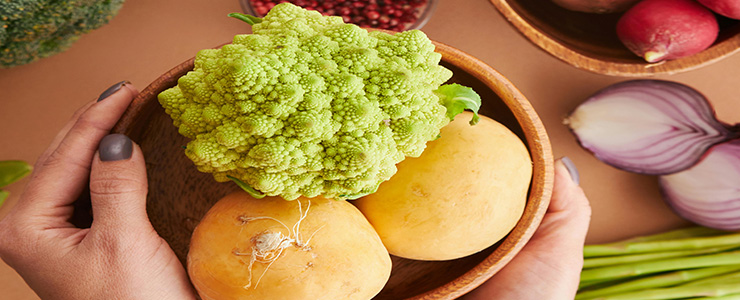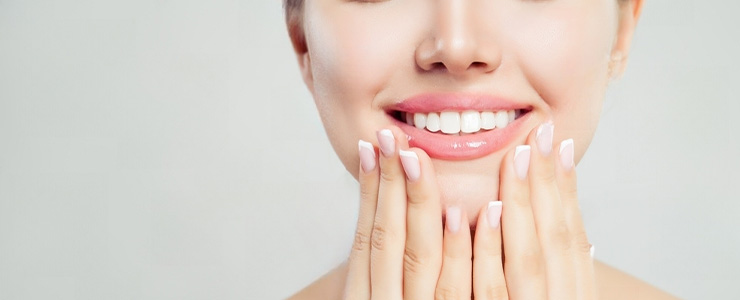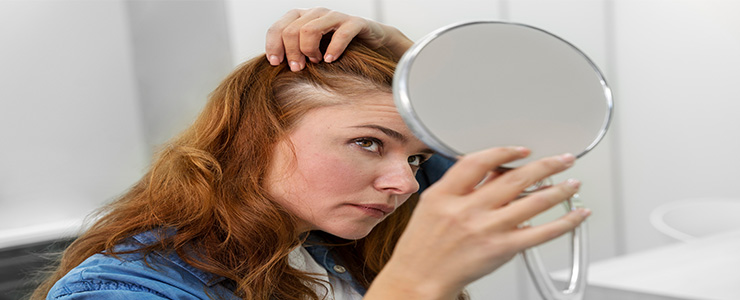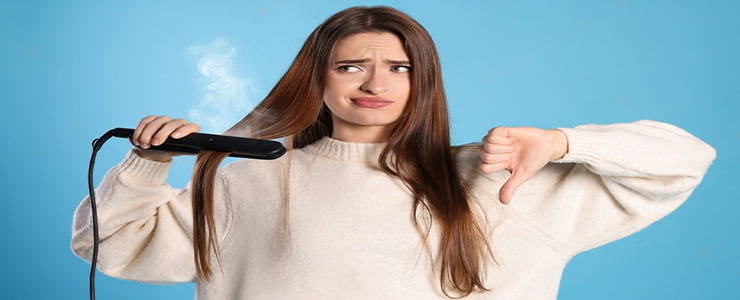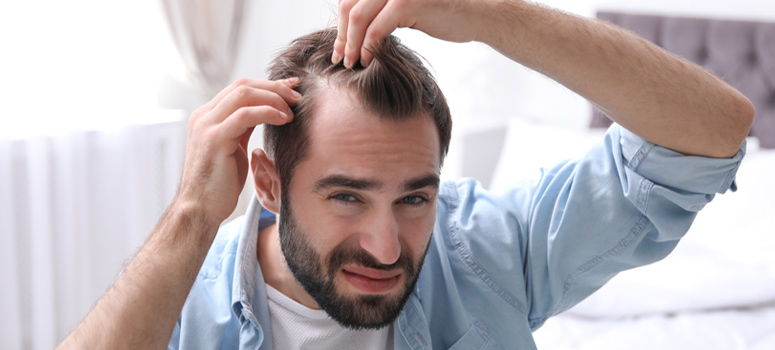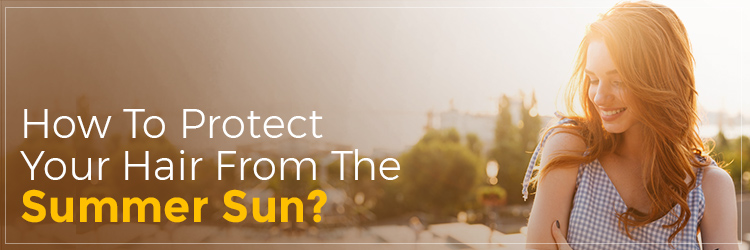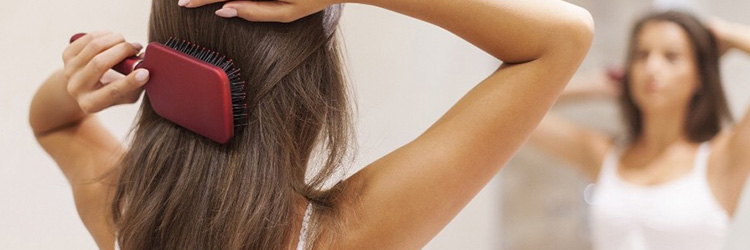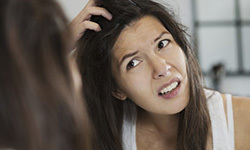
When an individual gets affected by seborrheic dermatitis, they’re likely to see red skin and stubborn yellow-ish dandruff on their scalp. An absolute cause of the condition is unknown, however, it affects oily areas of the body. If your scalp produces more oil than usual, you’re more likely to experience this condition.
Seborrheic dermatitis: Causes
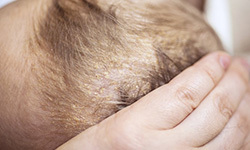
Seborrheic dermatitis can affect anyone – from infants to adults aged 30-60 years who have comparatively oilier skin, the condition is quite prominent, regardless of the age group.
Seborrheic dermatitis: Symptoms
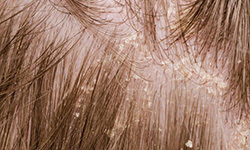
The condition manifests itself in patches of greasy skin covered with crust on the affected areas. See a dermatologist as soon as you notice any signs of infection.
Seborrheic dermatitis: Treatment
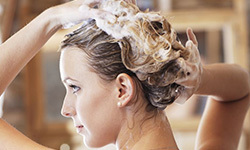
Home-based treatment
As soon as you develop symptoms of seborrheic dermatitis on your scalp, switch to a medicated shampoo that contains ketoconazole, salicylic acid, corticosteroids, selenium sulfide, or zinc pyrithione. For your face and body, pick a cleanser/body wash with salicylic acid that aids in taming the yeast organisms.
As an additional measure, wear sunscreen when stepping out, and keep your body covered from the sunlight as it can inflame the affected skin further.
Professional treatment
Your doctor may prescribe you medicated creams and lotions that contain tacrolimus and pimecrolimus, depending upon the area that’s affected. Another option that they may recommend is oral medication that contains anti-fungal agents to curb the growth of the yeast. However, they’re limited to extreme cases, and shouldn’t be the first course of action.
It is only after a proper examination that your doctor will be likely to determine how extreme the condition is. In some cases, they may scrape off some skin cells for biopsy to rule out symptoms that may be identical to seborrheic dermatitis.


